April 14, 2025 | 04:52 GMT +7
April 14, 2025 | 04:52 GMT +7
Hotline: 0913.378.918
April 14, 2025 | 04:52 GMT +7
Hotline: 0913.378.918
According to CITES statistics, annually, more than 1.6 million crocodile skins and 100.000 live crocodiles are issued CITES permits - documents granted by the CITES Management Authority for export, import, re-export and internal trade. Among them, China is the largest importer of live crocodiles, accounting for over two-thirds of the total live crocodile specimens authorized for export to the country.
Vietnam naturally harbors two crocodile species: the freshwater crocodile (Crocodylus siamensis) and the saltwater crocodile (Crocodylus porosus).
According to the Red List (2007), the freshwater crocodile is classified as "CR" (critically endangered), while the saltwater crocodile is listed as "EW" (extinct in the wild). Both species fall under Group I-B (endangered, prohibited from exploitation or use for commercial purposes) according to Government Decree No. 84/2021/ND-CP dated September 22, 2021.
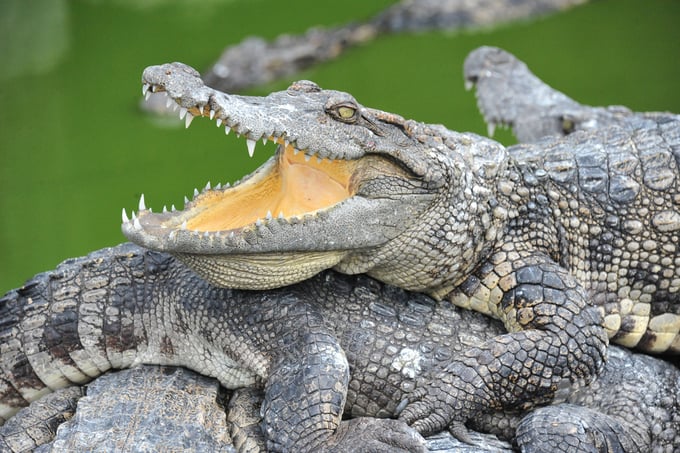
Only crocodiles originating from registered commercial breeding facilities with the CITES Secretariat are allowed for international export and trade. Photo: Le Hoang Vu.
Crocodile breeding activities in Vietnam have been conducted since the early 1980s, initially using crocodiles caught in the wild. Due to favorable climatic and soil conditions, along with abundant food sources, both crocodile species have been successfully bred in the southern provinces. Currently, the freshwater crocodile is the most commonly bred species. The number of saltwater crocodiles is very limited due to genetic degradation and potential hybridization during breeding.
Among the freshwater crocodile breeding facilities in the southern region that have been assigned breeding codes, nine commercial breeding farms are registered with the CITES Secretariat and three crocodile breeding facilities are registered with CITES Vietnam, with a total population of approximately 500.000 individuals, accounting for nearly two-thirds of the total crocodile population currently being bred. Among them, there are about 33.000 breeding pairs, with a reproductive capacity of over 300.000 hatchlings per year.
According to current regulations, freshwater crocodiles are classified in Group IB, Appendix I of CITES. Therefore, only crocodiles originating from commercial breeding facilities registered with the CITES Secretariat are permitted for export and international trade. Domestic crocodile breeding and trade must originate from facilities that have been assigned codes by CITES Vietnam.
Crocodile products from Vietnam are processed for consumption, including meat (mainly for the domestic market); skins, mostly in raw or semi-processed form for export, with some used to produce goods for domestic consumption and live crocodiles weighing 10 to 20 kg, with a breeding period of 1 to 2 years, primarily exported to the Chinese market and used for breeding purposes. The export value of live specimens and raw skins accounts for over 90%, while the remaining 10% consists of leather products (such as handbags, wallets) and crocodile meat.
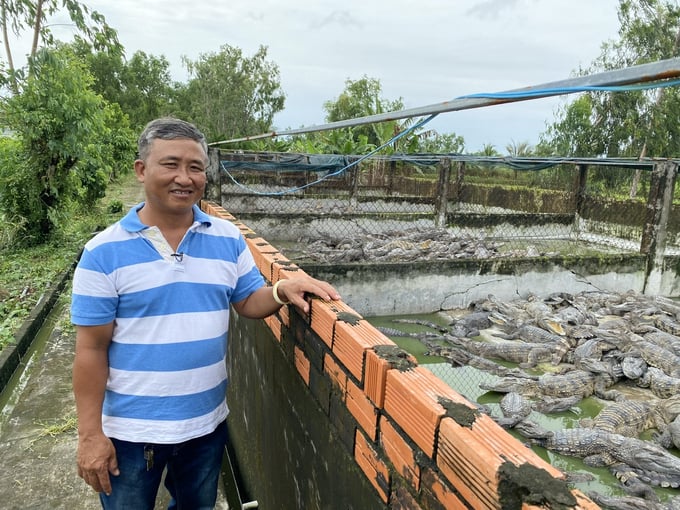
In recent times, crocodile farmers have faced significant challenges due to the suspension of exports to the Chinese market. Photo: LHV.
According to CITES Vietnam's licensing data from 2016 to 2023, an average of nearly 80.000 live crocodile specimens and full skins were authorized for export annually. Of these, about 52.000 were live crocodiles and the remainder consisted of raw salted skins.
From 2016 to 2019, live crocodile exports from Vietnam to China accounted for over 99%. Meanwhile, about 40% of raw skin exports were sent to China, with the rest going to Japan, South Korea and several European countries.
Since 2020, the global demand for crocodiles has declined due to the impact of the COVID-19 pandemic, preventing Vietnam from exporting live crocodiles to China. As a result, businesses shifted to exporting skins. From 2020 to 2023, 561.700 crocodile skins were exported to China, accounting for 98% of the total authorized skin exports.
According to CITES Vietnam, on November 21, 2019, the General Administration of Customs of China (GACC) issued Notification No. 180 on building a quarantine defense line at the border and ensuring biosafety. This notification prohibits the "transit" of special items such as human tissues, biological products, blood and blood products that pose a high biosafety risk. However, China only restricted the transit of these high-risk biological specimens.
However, according to feedback from crocodile exporters, the GACC is restricting the import of crocodiles from Vietnam. This ban has further complicated the operations of crocodile breeding and exporting businesses. At that time, CITES Vietnam proactively sent a letter to CITES China regarding this issue, and the Chinese side confirmed that they were still issuing CITES import permits for crocodiles from Vietnam and were unaware of any policies imposed by the GACC.

Since the beginning of 2020, no shipments of live crocodiles from Vietnam have cleared customs. Photo: Le Hoang Vu.
In January 2020, China issued a nationwide ban on the trade of wild animals in markets, supermarkets, restaurants and on e-commerce platforms. With the import ban into China, the crocodile consumption market was effectively shut down. In reality, since early 2020, not a single shipment of live crocodiles from Vietnam has been cleared for import.
This situation has made it nearly impossible to sell crocodiles, while breeding facilities still have to cover daily expenses for food, labor and management. This has directly affected over 1.000 households breeding crocodiles in the southern provinces, leading to significant economic losses.
Regarding crocodile skin exports, although they have increased, the time required to export a shipment from the moment the export permit is granted has lengthened, with higher costs, while prices have dropped.
Additionally, due to the impact of the global economic recession, the world's demand for crocodile skin products has sharply declined. In previous years, an average of 6.000 skins were exported annually, but from 2020 to 2023, the average dropped to just 1.900 skins per year.
Moreover, several major fashion brands such as Gucci and Chanel have announced they will no longer, or will limit, the use of reptile leather, further reducing the demand for crocodile specimens in the market. Meanwhile, the domestic market has little interest in crocodile meat and leather products like handbags, wallets, belts are only sold in limited quantities.
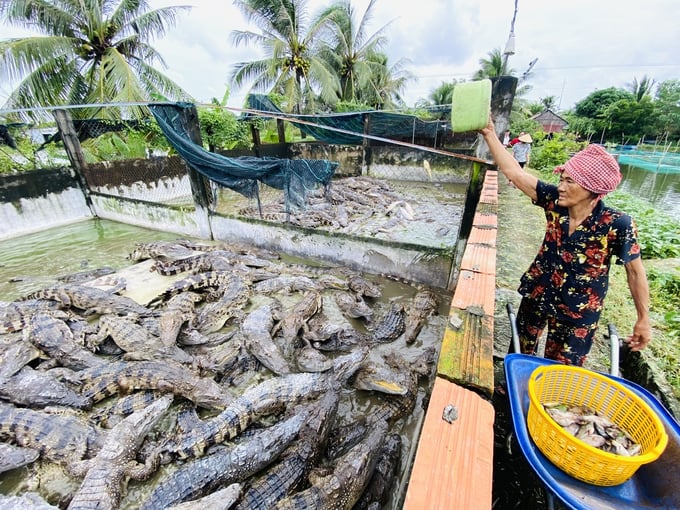
Crocodiles have significant development potential in the Mekong Delta provinces. Photo: LHV.
However, due to limitations in leather tanning technology, high costs of establishing tanning facilities and weak market access, most exported products are still raw materials (salted skins or alum skins) and live crocodiles. Only a small percentage of exported products consist of tanned leather. Most of the meat from slaughtered crocodiles and leather products are consumed domestically, offering low added value.
Meanwhile, the demand for high-quality tanned leather from domestic processing companies is substantial. In just the first eight months of 2024, companies have imported more than 11.000 full crocodile skins and approximately 100.000 pre-cut pieces of crocodile leather sourced from Africa and the Americas for domestic production and processing.
To sustain the long-standing crocodile farming industry, CITES Vietnam believes that finding solutions to alleviate difficulties for farmers, especially crocodile breeding and trading facilities, is urgently needed. This requires the involvement of relevant state agencies, with both short-term and long-term solutions, particularly in reopening trade with China for live crocodiles.

The recently signed protocol between Vietnam's Ministry of Agriculture and Rural Development (MARD) and the General Administration of Customs of China (GACC) will pave the way for Vietnamese crocodiles to enter the billion-person Chinese market. Photo: LHV.
On August 19, during the official State visit of General Secretary and President To Lam to the People's Republic of China, Vietnam's MARD and GACC officially signed three protocols. These include: the protocol on plant inspection and testing, food safety for frozen durian exported from Vietnam to China; the protocol on plant quarantine requirements for fresh coconuts exported from Vietnam to China; the protocol on quarantine and health requirements for farmed crocodiles exported from Vietnam to China.
The signing of this protocol marks a significant step forward in agricultural trade relations between the two countries, especially for Vietnam’s agricultural sector.
Vietnam's crocodile farming industry has been developing for over 30 years. Crocodile products, including meat, leather and other parts, hold high economic value. Opening up the Chinese market for crocodiles will provide a major opportunity for the industry.
This is not only an economic opportunity but also a driving force for Vietnam's crocodile farming sector to develop sustainably, ensuring compliance with environmental standards and animal welfare regulations.
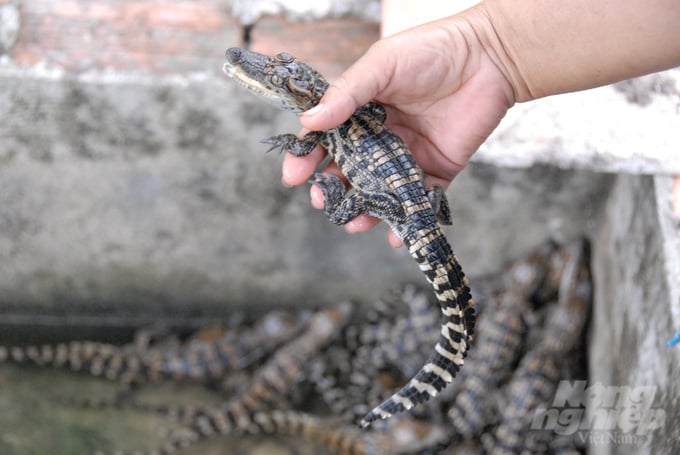
Vietnam's crocodile farming industry has been developing for over 30 years. Photo: Le Hoang Vu.
However, CITES Vietnam states that exporting live crocodiles to the Chinese market requires not only compliance with CITES documentation regarding the origin of the animals but also adherence to quarantine and isolation conditions specified in the protocol. These include: clinical examinations of each individual crocodile, confirming that they are healthy, free of signs of infectious diseases, testing negative for three types of diseases: West Nile fever, Crocodilian Herpesviruses, and Salmonella infection.
Meeting these conditions will require significant costs from farmers. The Ministry of Agriculture and Rural Development needs to provide specific guidance on quarantine procedures so that exporting live crocodiles to the Chinese market can yield economic benefits for domestic farmers.
Deputy Minister of Agriculture and Rural Development Phung Duc Tien affirmed that recently, Vietnam's Ministry of Agriculture and Rural Development and the General Administration of Customs of China officially signed three important protocols, paving the way for the export of fresh coconuts, frozen durians and crocodiles to the Chinese market. Specifically regarding crocodiles, the Mekong Delta region has significant potential and advantages for development in this sector. Crocodiles are also easy to raise and can utilize discarded animal-based feed, yet can produce high-value meat and leather products.
Translated by Phuong Linh

(VAN) KOCHAM Deputy President expects that Vietnam would accelerate innovation and development of bird’s nest-based products as a representation of Vietnamese culture.
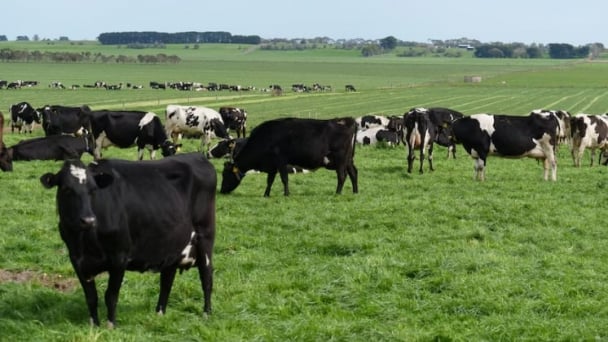
(VAN) Imported dairy products are weakening the local industry, according to dairy farmers and processors.
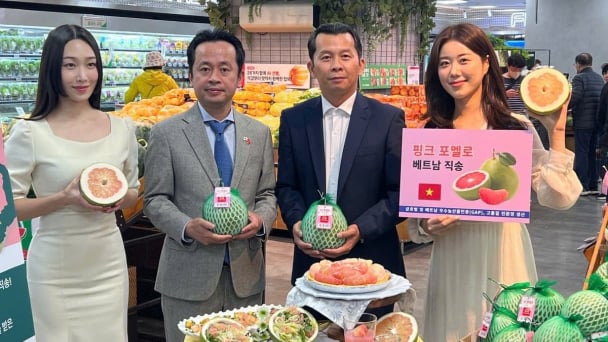
(VAN) April 10 marked a significant milestone for Vietnam's agricultural exports as Vietnamese pomelos officially became available at the Lotte Mart supermarket chain in South Korea.

(VAN) Vietnam is focusing on developing the legal framework and technical infrastructure for the carbon market, with committed support from global financial institutions.
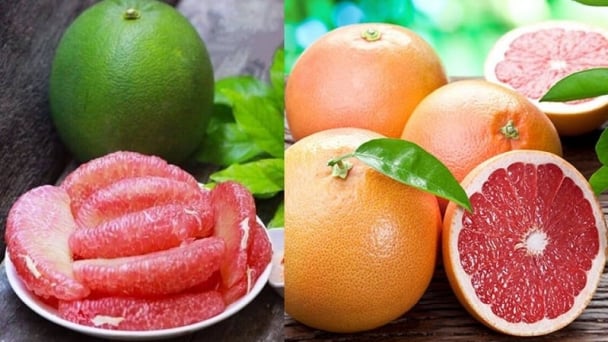
(VAN) The citrus fruits market in China is expected to slow down, but still show steady expansion, with volume reaching 56M tons and value reaching $71B by the end of 2035.
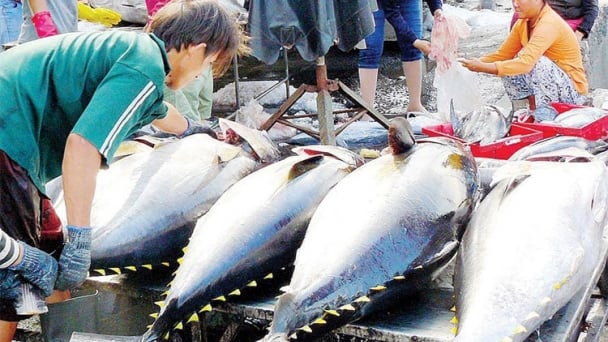
(VAN) The European Union issued a notice regarding the amendment of Annex III of Regulation (EC) No 853/2004 and aims to introduce new provisions in the fourth quarter of 2025.
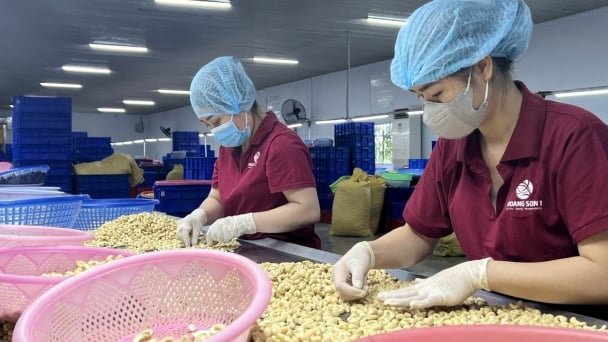
(VAN) Vietnam has great potential for exporting food to the global Halal market, but there is a need to build an ecosystem to develop this market.